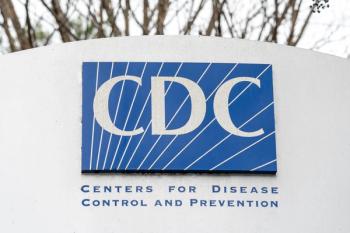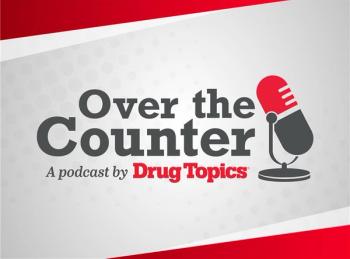
Q&A: Pharmacists Play Essential Role in Insulin Therapy Success
Jennifer N. Clements, PharmD, FCCP, FADCES, BCPS, CDCES, BCACP, BC-ADM, discusses how pharmacists can help patients manage insulin.
Pharmacists are vital in helping patients understand and manage insulin therapy through clear communication, relatable analogies, and personalized education tailored to individual regimens and lifestyles. They address common barriers such as cost, stigma, and injection anxiety by offering affordable options, normalizing insulin use, and demonstrating proper techniques. Through tools such as reminder apps, simplified regimens, and motivational interviewing, pharmacists provide ongoing support that empowers patients, improves adherence, and enhances overall diabetes management.
Drug Topics recently sat down with Jennifer N. Clements, PharmD, FCCP, FADCES, BCPS, CDCES, BCACP, BC-ADM, director of pharmacy education at the University of South Carolina, to discuss how pharmacists can help patients understand the differences between various types of insulin and their roles in glucose control. She also highlighted strategies pharmacists can use to support insulin adherence and address barriers such as cost, stigma, or injection anxiety.
Drug Topics: How can pharmacists help patients understand the differences between various types of insulin and their roles in glucose control?
Jennifer N. Clements, PharmD, FCCP, FADCES, BCPS, CDCES, BCACP, BC-ADM: Pharmacists play a pivotal role in helping patients understand the differences between various types of insulin and their roles in glucose control by simplifying complex information and tailoring education to individual needs. They can use clear, patient-friendly language to explain insulin types from rapid-acting, such as lispro or [insulin] aspart, to ultra–long-acting, like [insulin] degludec. Analogies, like comparing rapid-acting insulin to a “sprinter” for quick action and long-acting insulin to a “marathon runner” for sustained control, make concepts relatable. Pharmacists can provide visual aids, such as handouts or digital tools, illustrating onset, peak, and duration to show alignment of insulin use with meals and routines.
Personalized education involves assessing the patient’s regimen (eg, basal-bolus vs premixed) and explaining how their specific insulin fits their lifestyle and glucose patterns, such as timing bolus doses to prevent postprandial spikes. Pharmacists should address misconceptions, clarifying that insulin is not a sign of failure but a tool mimicking natural glucose regulation, using real-world examples to reinforce this. Interactive counseling, with open-ended questions such as “What do you know about how your insulin works?” and teach-back opportunities, ensures patients understand and retain information.
Drug Topics: What strategies can pharmacists use to support insulin adherence and address barriers such as cost, stigma, or injection anxiety?
Clements: Pharmacists can enhance insulin adherence and overcome barriers like cost, stigma, and injection anxiety through targeted strategies. To address cost, pharmacists can recommend affordable options or biosimilars; check eligibility for manufacturer savings cards or patient assistance programs, like Lilly Insulin Value Program or Novo Nordisk Patient Assistance [Program]; and explore 340B pricing or over-the-counter insulins at reduced costs. Pharmacists, pharmacy students, or technicians can assist with insurance navigation, advocating for prior authorizations if needed.
To counter stigma, pharmacists can normalize insulin use by framing it as a common, effective therapy, using positive language, for example, “Insulin helps you take control of your diabetes,” and connecting patients to support groups or online communities [such as] Beyond Type 1 and Diabetes Daily to reduce isolation. Cultural sensitivity, such as involving family or using culturally relevant materials, addresses beliefs [such as] fear of dependency. For injection anxiety, pharmacists can demonstrate proper techniques with demo devices, teach site rotation, and recommend smaller-gauge needles to minimize discomfort, while suggesting desensitization strategies, such as saline injections or deep breathing, or alternative delivery methods [such as] prefilled pens.
General adherence strategies include collaborating with prescribers to simplify regimens, such as switching to once-daily long-acting insulin; recommending tools [such as] apps for reminders; and using motivational interviewing to explore barriers. Scheduling follow-up calls or visits ensures ongoing support and barrier resolution.
READ MORE:
Ready to impress your pharmacy colleagues with the latest drug information, industry trends, and patient care tips? Sign up today for our
Newsletter
Pharmacy practice is always changing. Stay ahead of the curve with the Drug Topics newsletter and get the latest drug information, industry trends, and patient care tips.






































































































































